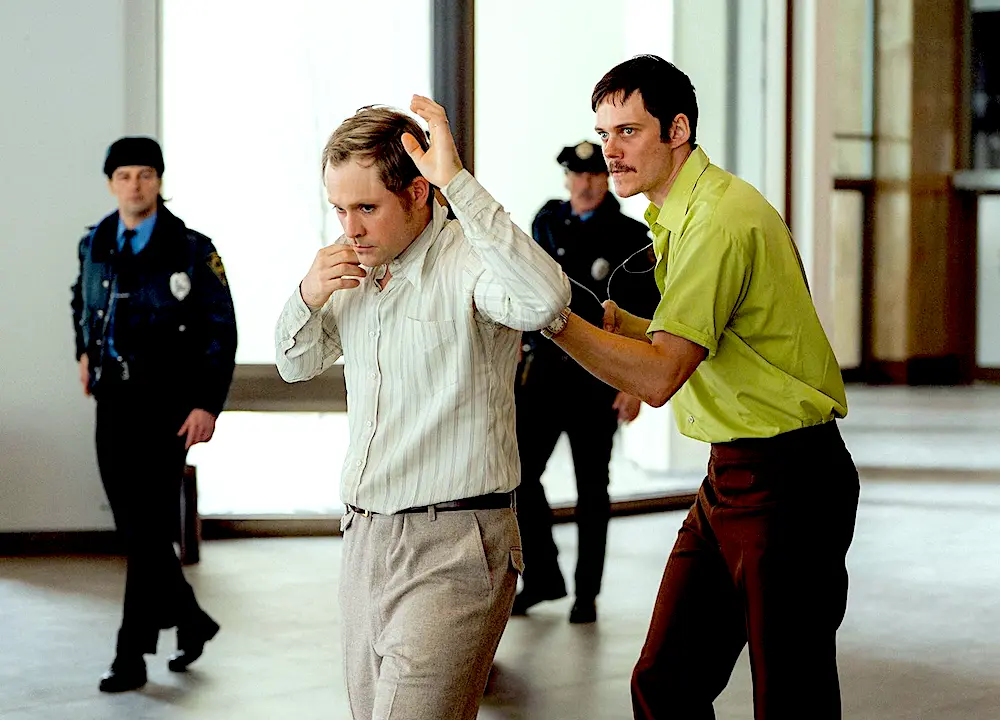When “Kung Fu Panda 3” opens in China, it'll feature something new—reanimated cartoon-mouths, that make Mandarin movements.
Why’s that interesting? Well, “Panda 3” was co-produced with Oriental Dreamworks, behind which is Shanghai Alliance Investment money. Which means Chinese Communist Party (CCP) money. Meaning possible CCP “artistic” influence.
Can one therefore observe communist ideology bleeding into this, our third “American” Panda (which is quite excellent, by the way)? Perhaps in the slightly overabundant use of Communist-red? As in red drums, umbrellas, lampshades, ribbons, and candles? I'd like to say yes, but, truthfully—no, not really.
But Isn’t It Ironic …
The irony here, however, is that—firstly—the CCP’s bloody-red genocidal history and atheist–materialist ideology largely destroyed China’s rich, 5,000-year spiritual history.
And now—the CCP is funding a USA-originated Panda movie, loaded with depictions of things that rank among pre-communist China’s most sacred—that the CCP tried purging in the first place.
Such as? Well, hard on the heels of “Star Wars,” “Panda 3” displays the “Force” in abundance. It’s furthermore jam-packed with profound concepts such as chi (qi) energy, kung fu masters meditating for 30 years in mountain caves, Buddha paradises, Taos, yin and yang, third eye vision, law of loss and gain, healing energy, supernormal abilities of precognition. And on and on.
Since these are all fantastic things for children (and adults) to come in contact with, I highly recommend the movie, while Chairman Mao spins in his grave.
The Story
The movie opens smack-dab in the spirit world, which is represented as a sort of asteroid field, with the occasional ancient temple or monastery drifting about.
There, giant Galapagos tortoise kung fu master Oogway (voiced by Randall Duk Kim), fights the green-eyed, double-daggers-on-chains-whiplashing, demon-bull, Kai (voiced by “Whiplash’s” J.K. Simmons).





